Advancements in the Investigation of Chemical Components of Codonopsis Radix: A Review
DOI: 10.23977/analc.2025.040105 | Downloads: 15 | Views: 474
Author(s)
Linlin Chen 1
Affiliation(s)
1 School of Management, Liaoning University of International Business and Economics, Dalian, 116052, Liaoning, China
Corresponding Author
Linlin ChenABSTRACT
Codonopsis Radix, as a traditional Chinese medicinal (TCM) herb, not only holds a place in the dietary therapy culture but also represents a highly potential natural medicine. Codonopsis Radix has the effects of strengthening the spleen and tonifying the lung, as well as nourishing blood and engendering liquid. Modern research has shown that Codonopsis Radix not only contains abundant nutrients but also possesses various active components, such as alkaloids, phenylpropanoids, flavonoids, and terpenoids. These components confer protective effects on the nervous system, protection of the gastrointestinal tract, antioxidation, anti-inflammation, and immune regulation on Codonopsis Radix, making it one of the potential TCM with enhanced immune capacity. Codonopsis Radix is often used as a medicinal dish and health supplement, and is widely applied in medicine. Codonopsis Radix is often used as a medicinal dish and health supplement, and is also widely applied in medicine. It has high medicinal value and economic value. This article will provide an overview of the current research status of the chemical components and pharmacological activities of plants belonging to the genus Codonopsis over the past 20 years. This lays a theoretical foundation for the sustainable development, food and medicine integration development, and comprehensive utilization of Codonopsis Radix. It also provides a reference for the systematic and rational development of other natural drug resources.
KEYWORDS
Codonopsis Radix; chemical components; Alkaloid; SaccharideCITE THIS PAPER
Linlin Chen, Advancements in the Investigation of Chemical Components of Codonopsis Radix: A Review. Analytical Chemistry: A Journal (2025) Vol. 4: 33-39. DOI: http://dx.doi.org/10.23977/analc.2025.040105.
REFERENCES
[1] GAO SM, LIU JS, WANG M, et al. Traditional uses, phytochemistry, pharmacology and toxicology of Codonopsis: A review[J]. J Ethnopharmacol, 2018, 219: 50-70.
[2] ZHANG H, LI C, JI C F. Research Progress on Chemical Constituents, Pharmacological Actionsand Application of Codonopsis radix as Both Medicine and Food[J]. Food Science, 2024, 45(23): 338-348.
[3] LUAN F, JI Y F, PENG L X, et al. Extraction, purification, structural characteristics and biological properties of the polysaccharides from Codonopsis Radix: a review[J]. Carbohydrate Polymers, 2021, 261: 117863.
[4] Chu R, Zhou Y, Ye C, et al. Advancements in the investigation of chemical components and pharmacological properties of Codonopsis: A review. [J]. Medicine, 2024, 103(26): e38632.
[5] LI F Y, NAN L L, YANG X C, et al. Research progress on the chemical composition, pharmacologicaleffects and quality control of Codonopsis Radix[J]. Journal of Gansu University of Chinese Medicine, 2024, 41(05): 79-83.
[6] XIE Q, CHENG X P, HU F D, et al. Research advance on chemical constituents, pharmacological actionand quality control of Radix Codonopsis[J]. Shanghai Journal of Traditional Chinese Medicine, 2020, 54(08): 94-104.
[7] SUN Z H, SHAO J, GUO M. Research Progress of Codonopsis pilosula chemical Component andPharmacological Effects[J]. Journal of Anhui Agricultural Sciences, 2015, 43(33): 174-176.
[8] FENG P P, LI Z X, YUAN Z. Review on the phytochemical and pharmacological study ofCodonopsis Genus[J]. Journal of Shenyang Pharmaceutical University, 2012, 29(4): 307-311.
[9] HUANG Y Y, ZHANG Y, KANG L P, et al. Research progress on chemical constituents and their pharmacologicaactivities of plant from Codonopsis[J]. Chinese Traditional and Herbal Drugs, 2018, 49(01): 239-250.
[10] TU C L, LIAO S W. Advances in Chemical Constituents and Pharmacological Action from Roots of Campanumoea Javanica[J]. Drug Evaluation, 2022, 19(16): 1022-1024.
[11] YOO H H, BAEK S H, PARK Y K, et al. Quality control of dried roots of Codonopsis lanceolata[J]. Korean Journal of Pharmacognosy, 2002,33(2):85-87.
[12] HE J Y, MA N, ZHU S, et al. The genus Codonopsis(Campanulaceae):a review of phytochemistry, bioactivity and quality control[J]. Journal of Natural Medicines, 2015, 69(1):1-21.
[13] ZHENG T, CHENG L Z, YAN Y M, et al. Two new triterpenoids from the roots of Codonopsis RadixU]. Molecules, 2018, 23(2):383.
[14] LI R L, ZENG D, WEN P, et al. Effect of Radix Codonopsis Flavonoids on Intestinal Endothelial Cells 6 Migration and Polyamines Content[J]. Traditional Chinese Drug Research and Clinical Pharmacology, 2014, 25(05): 523-526.
[15] HOSSEN M J, KIM M Y, KIM J H, et al. Codonopsis lanceolata: A Review of Its Therapeutic Potentials[J]. Phytother Res, 2016, 30(3): 347-356.
[16] SU Y J, XI J Y, SHI Q, et al. Research progress on Codonopsis Radix as medicinal and edibletraditional Chinese medicine[J]. Chinese Traditional and Herbal Drugs, 2023, 54(08): 2607-2617.
[17] LAN X Y, ZHOU L, LI X, et al. Research progress of Codonopsis Radix and prediction of its Q-markers[J]. China Journal of Chinese Materia Medica, 2023, 48(8): 2020-2040.
[18] BAI R, ZHANG J, CAO Y, et al. Multi-element analysis of three Codonopsis Radix varieties in China and its correlation analysis with environmental factors[J]. Journal of Food Composition and Analysis, 2021, 104: 104127.
[19] TANG M J, LIU Q Q, LIU Y X, et al. Research Progress on Bioactivity and Product Development of Codonopsis Radix Polysaccharide[J]. Science and Technology of Food Industry, 2022, 43(20): 464-470.
[20] ZHANG J, XU X J, XU W, et al. Rapid ldentification of Chemical Constituents from Codonopsis Radix by HPLC-LTQ-Orbitrap-Msn[J]. Chinese Journal of Experimental Traditional Medical Formulae, 2015, 21(9): 59-63.
[21] SONG D, CHOU G X, ZHONG G Y, et al. Two New Phenylpropanoid Derivatives from Codonopsis tangshen OLIV. [J]. Helvetica chimica acta, 2008, 91(10): 1984-1988.
[22] USHIJIMA M, KOMOTO N, SUGIZONO Y, et al. Triterpene Glycosides from the Roots of Codonopsis lanceolata[J]. Chemical and Pharmaceutical Bulletin, 2008, 56(3): 308-314.
[23] JIN Q. Study on preclinical pharmacokineties of main active components of Codonopsis[D]. Yichun: Yichun University, 2023.
[24] MEI R Q, LU Q, Hu Y F, et al. Three new polyyne(=polyacetylene)glucosides from the edible roots of Codonopsis cordifolioidea[J]. Helvetica Chimica Acta, 2008, 91(1): 90-96.
[25] MAO J X, YANG M Y, LI T T, et al. Research progress on heteroterpene and meroterpenoid compounds from the Rhododendron genus and their NMR characterization and biological activity[J]. Frontiers in Pharmacology, 2025, 16: 1584962.
[26] YAN M, WANG Y J, LI J K, et al. Lignans From Codonopsis Radix and the Study of Their Anti-hypoxic Activities[J]. Chinese Archives of Traditional Chinese Medicine, 2025, 1-20.
[27] XIE X, WANG C H. Polyacetylenes in herbal medicine: A comprehensive review of its occurrence, pharmacology, toxicology, and pharmacokinetics(2014–2021)[J]. Phytochemistry, 2022, 201: 113288.
[28] TANG X J, JIANG T, XU S F. The effect of Lobetyolin on the proliferation and differentiation of ovarian granulosa cells in female rats and its mechanism of action[J]. Reproduction and Contraception, 2015, 35(9): 587-592, 639.
[29] YOON I S, CHO S S. Effects of lobetyolin on xanthine oxidase activity in vitro and in vivo: Weak and mixed inhibition[J]. Nat Prod Res, 2021, 35(10): 1667-1670.
[30] ZHANG J Q, LI J K, WQANG Y, et al. Steroids constituents from Codonopsis Radix and their anti-inflammatory activities[J]. Chinese Traditional Patent Medicine, 2021, 43(1): 92-97.
[31] LI L H, CHEN C J, HU X Y, et al. Research Progress on Chemical Constituents and PharmacologicalEffects of Codonopsis Radix[J]. Acta Chinese Medicine and Pharmacology, 2023, 51(3): 112-115.
[32] CAI D. Advances and goal in the study of chemical constituents of dangshen[J]. China Journal of Chinese Materia Medica, 1991, 16(6): 376-377, 384.
[33] ZHAN M R, LI G H, GUO X C. Activities of codonopsis Advances in Studies on Chemical Constituents and Pharmacologica[J]. Shandong Chemical Industry, 2021, 50(19): 79-82, 84.
[34] BAI R, ZHANG Y, JIA X, et al. Isolation,characterization and immunomodulatory activity of oligosaccharides from Codonopsis Radix[J]. Journal of Functional Foods, 2020, 72: 104070.
[35] BAI J W, JI L L, WANG Y L. Study on the content changes of 27 kinds of heavy metals and traceelements in Glycyrrhizae radix et rhizoma, Astragali radix andCodonopsis radix[J]. Journal of Food Safety & Quality, 2021, 12(4): 1448-1455.
| Downloads: | 1377 |
|---|---|
| Visits: | 77166 |
Sponsors, Associates, and Links
-
Forging and Forming
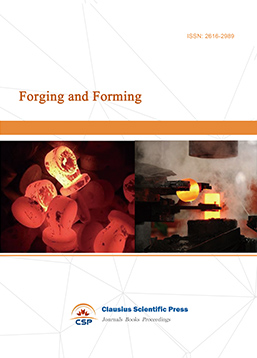
-
Composites and Nano Engineering
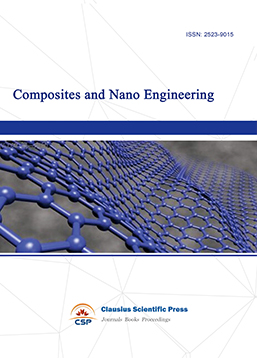
-
Journal of Materials, Processing and Design

-
Metallic foams
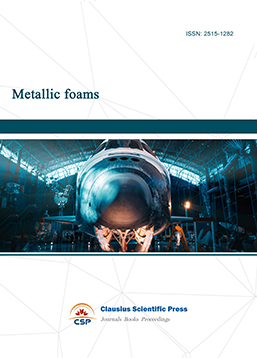
-
Smart Structures, Materials and Systems
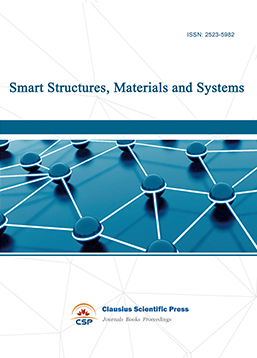
-
Chemistry and Physics of Polymers
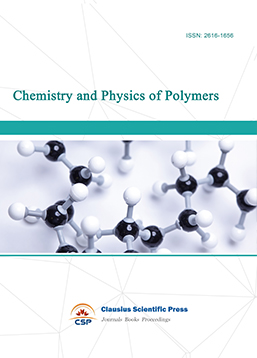
-
Modern Physical Chemistry Research

-
Inorganic Chemistry: A Journal
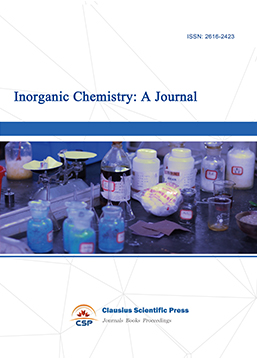
-
Organic Chemistry: A Journal
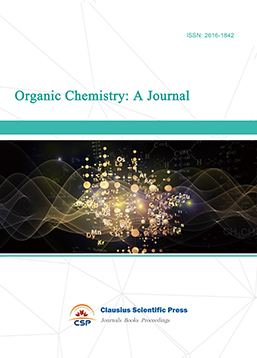
-
Progress in Materials Chemistry and Physics
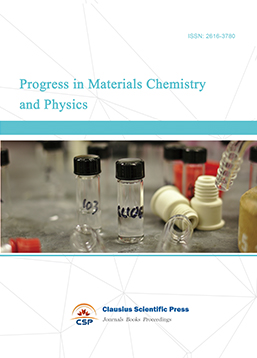
-
Transactions on Industrial Catalysis
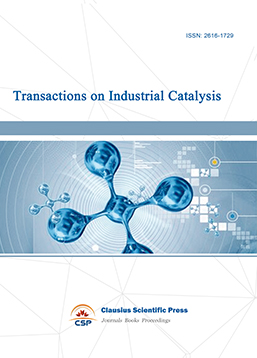
-
Fuels and Combustion

-
Casting, Welding and Solidification

-
Journal of Membrane Technology
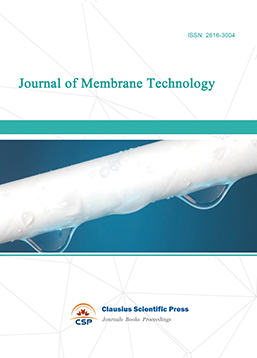
-
Journal of Heat Treatment and Surface Engineering
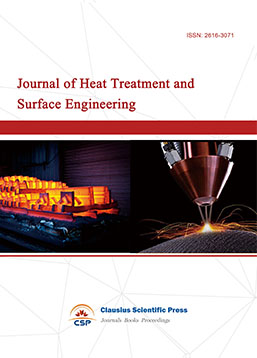
-
Trends in Biochemical Engineering
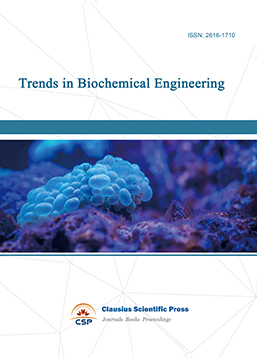
-
Ceramic and Glass Technology
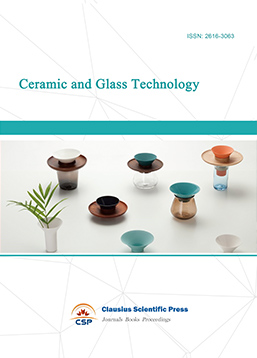
-
Transactions on Metals and Alloys

-
High Performance Structures and Materials
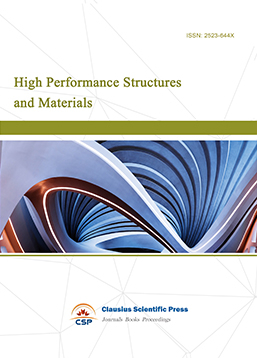
-
Rheology Letters
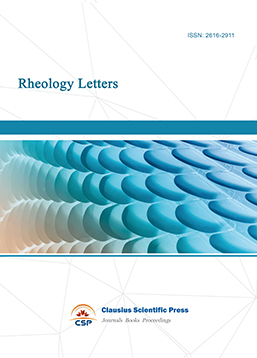
-
Plasticity Frontiers
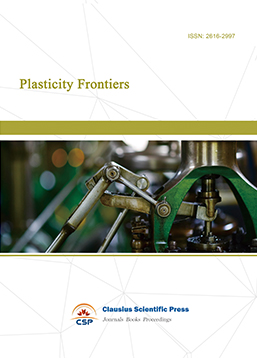
-
Corrosion and Wear of Materials

-
Fluids, Heat and Mass Transfer
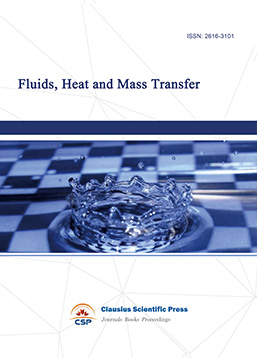
-
International Journal of Geochemistry
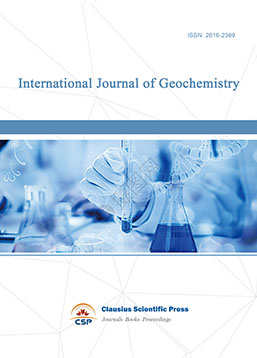
-
Diamond and Carbon Materials
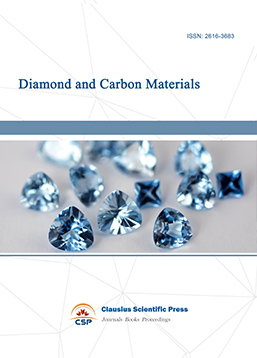
-
Advances in Magnetism and Magnetic Materials
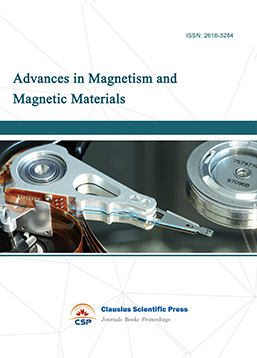
-
Advances in Fuel Cell

-
Journal of Biomaterials and Biomechanics
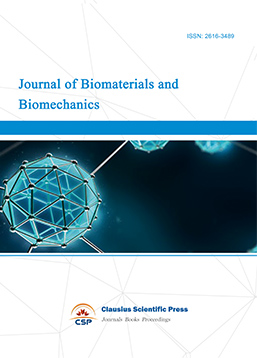

 Download as PDF
Download as PDF